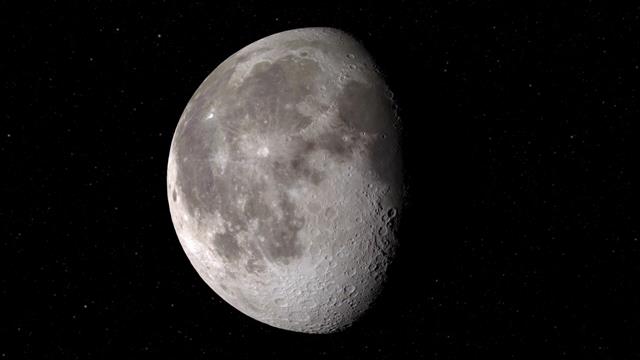
China’s Chang’e 5 lunar probe finds first on-site evidence of water on moon surface
Beijing, January 9
China’s Chang’e 5 lunar lander has found the first-ever on-site evidence of water on the surface of the moon, lending new evidence to the dryness of the satellite.
The study published on Saturday in the peer-reviewed journal Science Advances revealed that the lunar soil at the landing site contains less than 120 parts-per-million (ppm) water or 120 gram water per ton, and a light, vesicular rock carries 180 ppm, which are much drier than that on Earth.
The presence of water had been confirmed by remote observation but the lander has now detected signs of water in rocks and soil.
A device on-board the lunar lander measured the spectral reflectance of the regolith and the rock and detected water on the spot for the first time.
The water content can be estimated since the water molecule or hydroxyl absorbs at a frequency of about three micrometre, the state-run Xinhua news agency reported, citing researchers from the Chinese Academy of Sciences (CAS).
It was the solar wind that contributed to the most humidity of lunar soil as it brought hydrogen that makes up the water, the researchers said.
The additional 60 ppm water in the rock may originate from the lunar interior, according to the researchers.
Therefore, the rock is estimated to hail from an older, more humid basaltic unit before being ejected onto the landing site to be picked up by the lunar lander.
The study revealed that the moon had turned drier within a certain period, owing probably to the degassing of its mantle reservoir.
The Chang’e-5 spacecraft landed on one of the youngest mare basalts located at a mid-high latitude on the moon. It measured water on the spot and retrieved samples weighing 1,731 gram.
“The returned samples are a mixture of granules both on the surface and beneath. But an in-situ probe can measure the outermost layer of the lunar surface,” Lin Honglei, a researcher with the Institute of Geology and Geophysics under CAS, told Xinhua.
Lin also said to simulate authentic lunar surface conditions on Earth is challenging, thus making the in-situ measurement so essential.
The results are consistent with a preliminary analysis of the returned Chang’e-5 samples, according to the study.
The findings provide more clues to China’s Chang’e-6 and Chang’e-7 missions. The investigations of lunar water reserves come into the limelight as the building of manned lunar stations are in the pipeline in the next decades, the report said. PTI
Stay connected with us on social media platform for instant update click here to join our Twitter, & Facebook
We are now on Telegram. Click here to join our channel (@TechiUpdate) and stay updated with the latest Technology headlines.
For all the latest Technology News Click Here
For the latest news and updates, follow us on Google News.

